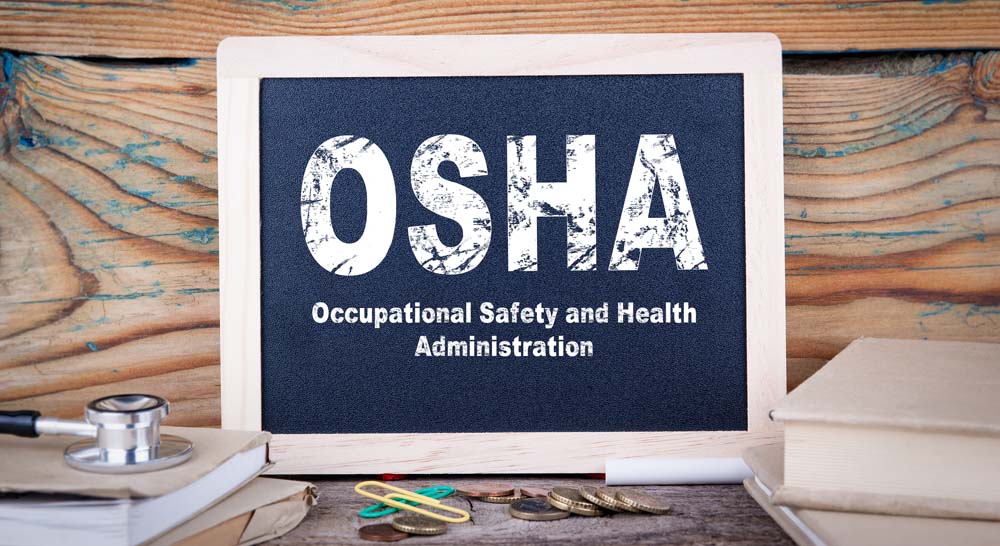This is the time where many businesses have an end of year review to reflect on their performance as an organization and to help determine their goals and opportunities for the upcoming year. One area to consider is a look at a risk management review for your operations. Assessing the areas of achievements in safety as well as areas of development can help prioritize your risk management needs to keep your operations running smoothly and your employees safe.
Here is a list from OSHA of the Top 10 most cited violations for 2021. These figures highlight areas of review and serve as a reminder to businesses of the importance of staying vigilant about workers safety and health, especially amid the evolving COVID-19 pandemic.
The Top 10 most frequently cited violations of 2021 include:
- Fall Protection – General Requirements (5,295 violations) – Fall Protection remains at the top of the list for the 11th straight year. Despite all the protocols, procedures, and equipment in place to protect workers from falls, as well as organized events such as OSHA’s National Safety Stand-Down, falls are far too prevalent in the workplace.
- Respiratory Protection (2,527 violations)
- Ladders (2,026 violations)
- Scaffolding (1,948 violations)
- Hazard Communication (1,947 violations)
- Lockout/Tagout (1,698 violations)
- Fall Protection – Training Requirements (1,666 violations)
- Personal Protective & Lifesaving Equipment – Eye and Face Protection (1,452 violations)
- Powered Industrial Trucks (1,420 violations)
- Machine Guarding (1,113 violations)
Don’t get caught falling for these common violations. Here are some ways to mitigate some of these particular risks:
- Fall Hazards – Make sure you have a fall prevention program in place with regular training. Model how to inspect equipment, provide fall protection articles in your company communications, and encourage workers to speak up and ask questions.
- Hazard Communication – Businesses can properly protect their employees from physical hazards by appropriately classifying specific criteria of potential health risks, labeling signal words, pictograms, and hazard statements, and finally to train and inform employees to understand the elements of hazard safety.
- Personal Protective & Lifesaving Equipment – Providing employees with the adequate safety equipment can potentially save lives. This equipment includes eye, face, head and extremity protection, protective clothing, respiratory devices, protective shields, and barriers for mechanical, chemical, radiological or other workplace environmental hazards.
- Powered Industrial Trucks – Employees can avoid risk by understanding the types and fundamentals of the powered truck (forklifts or lift trucks), knowing the basic safe operating practices for the work environment, being aware of the conditions of the work environment, and of course having the proper operating training required by OSHA.
- Machine Guarding – The easiest way to avoid injury is to use properly guarded saws or presses and appropriate safety equipment. Avoid loose-fitting clothes and long hair that might become entangled in a power tool and remove rings, watches, neck chains and other jewelry.
Even with the great advancements in safety and technology, the OSHA Top 10 helps businesses to identify areas in which they can improve and prioritize a safer workplace environment for their on-going and future operations. Your workers’ comp carrier should be able to provide you with more specific risk management resources to address these risk exposures.
Looking for workers’ comp coverage? PLM is able to help place your workers’ comp through our brokerage, ABM. Contact ABM at info@abmbrokerage.com or 800-752-1895 for quick and cost-effective work comp options for your wood business.

